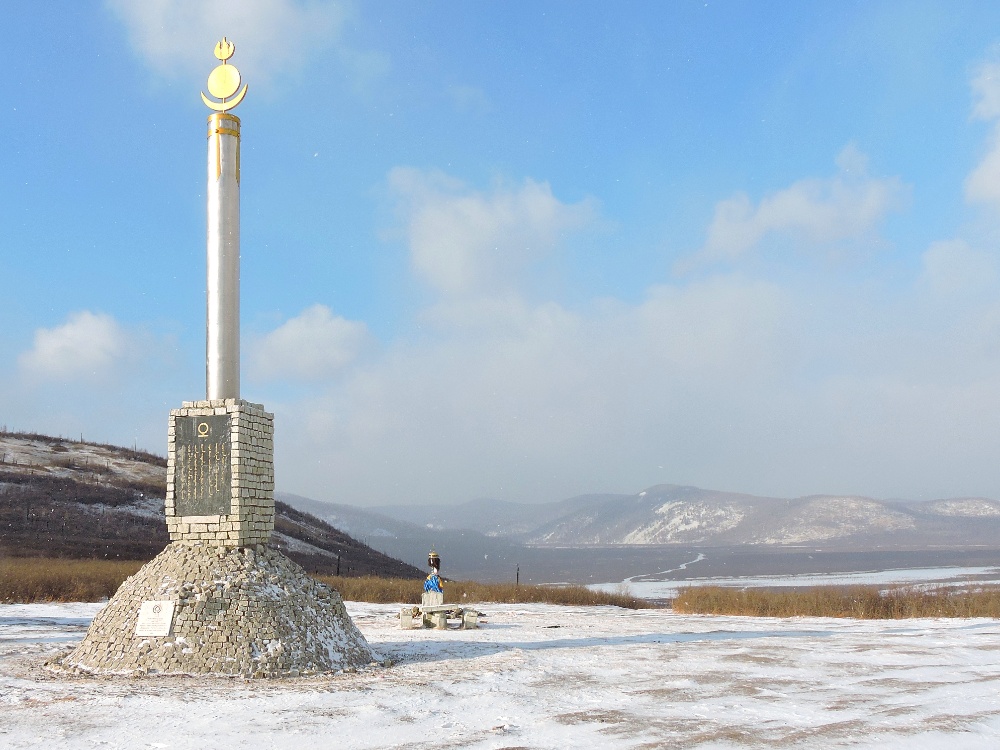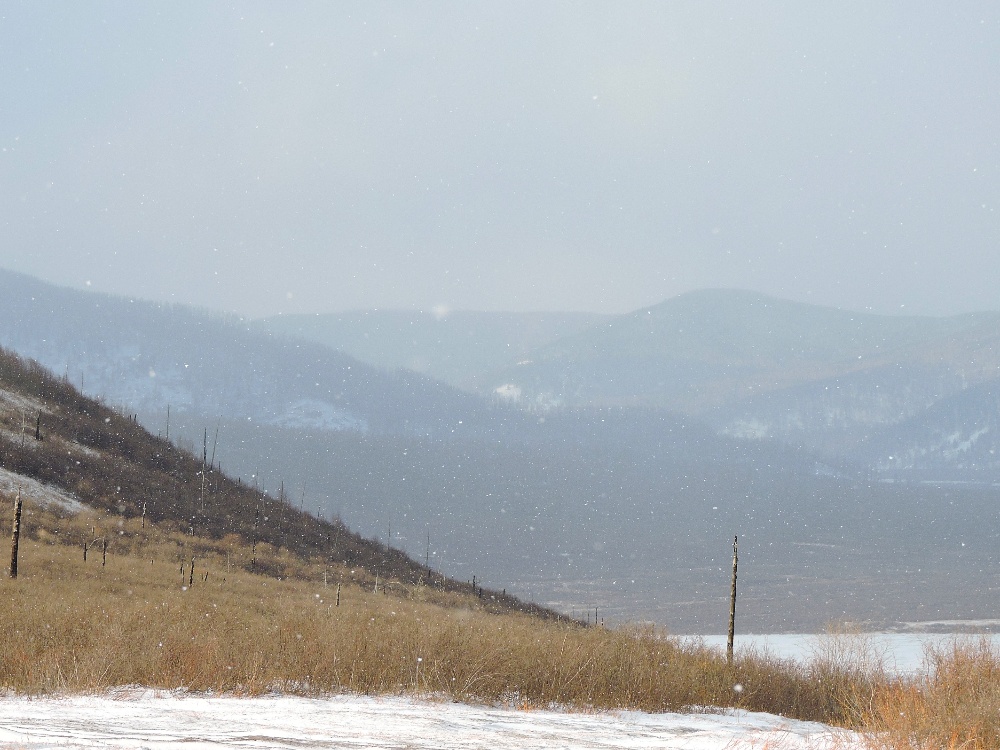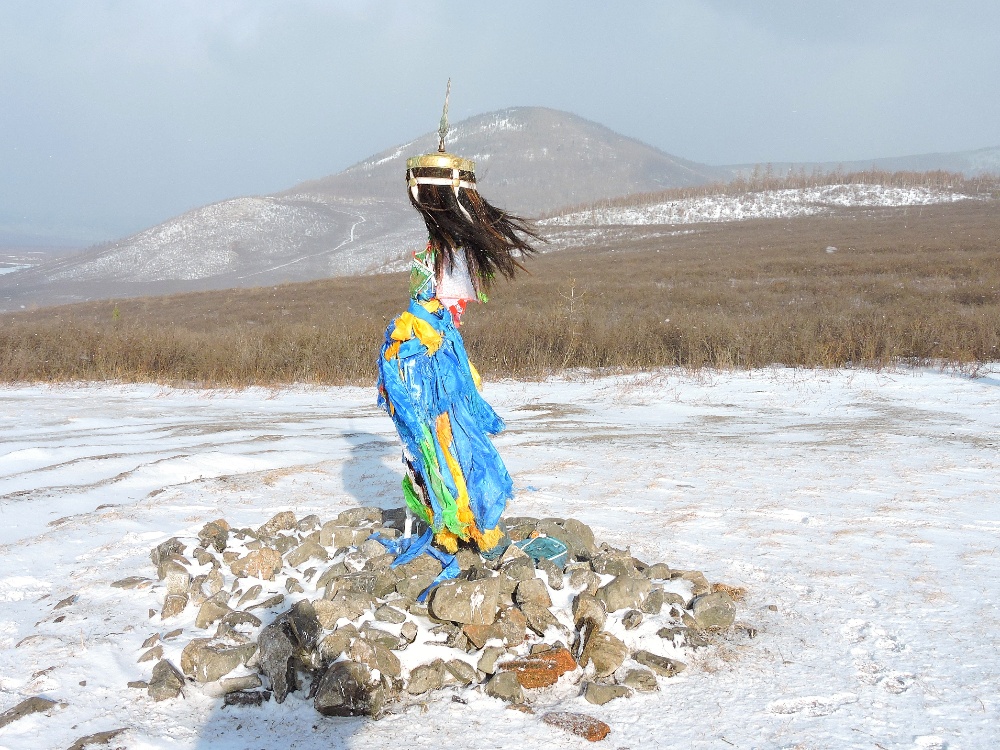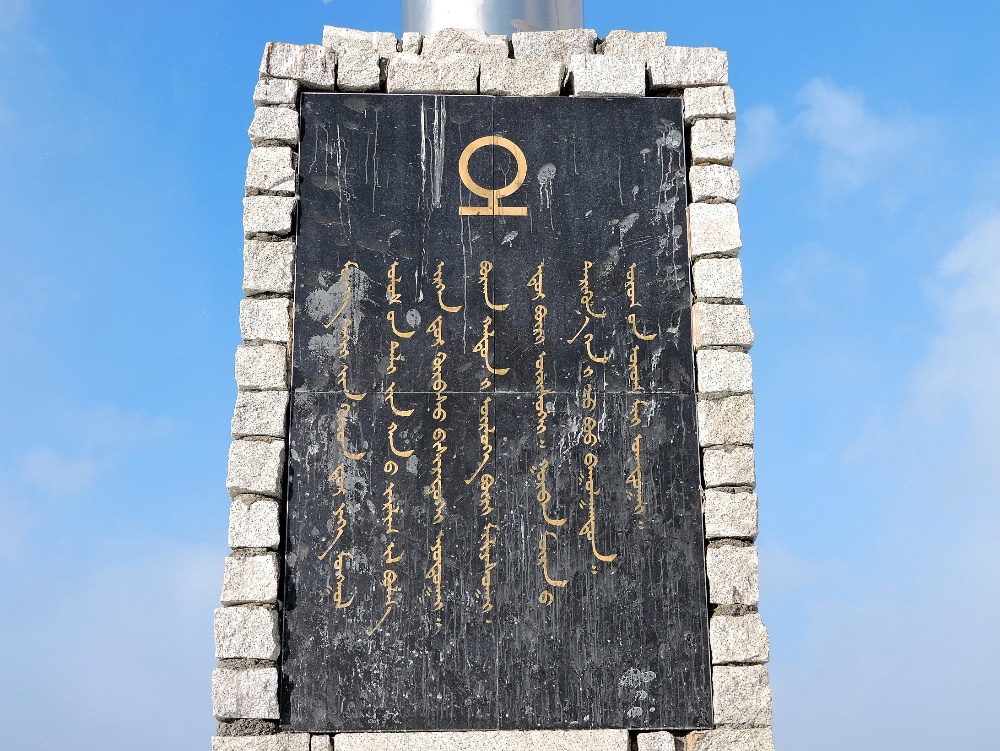It was March in Mongolia. The limited amount of time I had available, but more importantly the still-frigid days of late winter and early spring, meant that any meaningful cycling would not be possible, no matter how much I inherently wanted to do so. Likewise, because the advance of warmer weather had not even thought about starting, only a few hardy resident birds would be in the area and I definitely could not wait around long enough for the upcoming migration to begin. However, World Heritage Sites were still in play, and so the primary focus of my stop in Mongolia would be to visit its two Sites that are close enough to the capital, Ulaanbaatar, to make seeing them at least slightly practical. Those were the Orkhon Valley Cultural Landscape and the Great Burkhan Khaldun Mountain.
While those visits might have been somewhat practical with regards to time, and doable, if less than ideal, with the weather at the time, because of the lack of a cycling option I needed to arrange for more traditional
tours, and, with the additional charge for being only one person, the total expenses greatly exceeded what I would normally have spent, all the more relevant considering the level of which I had already surpassed my intended budget for the entire Tour. Nevertheless, Mongolia was one of the countries I most wanted to see before I began and, even though I could not undertake the type of tour I really wanted to do, the next best thing would be to see those two Sites, and so I couldn’t pass up the opportunity. The first Site was Orkhon Valley, and for that I arranged a four-day trip with AdventureRider Tours. That involved one day of travel by road to get close to the Site, two for visiting the local points of interest, and one to return to the city.
Orkhon Valley is best known as the location of Karakorum, the original capital of the Mongol Empire, initiated by Chinggis Khan and completed by his sons. However, as I learned before my arrival, the general area had also been very important to more than one of the cultures that had preceded the Mongols, and the area had been occupied for hundreds, or thousands, of years before the time of Chinggis. Since I was alone, and because all of the tour operators in the country had not had any customers for two years, it was not a problem to choose to visit the places that interested me the most, which made for a nicer itinerary. The valley of the Orkhon River, itself, used to contain ancient objects, like burial mounds and Deerstones, but most of those had been removed long ago. That area then became the more natural part of the trip, with free-roaming semi-domestic livestock seemingly everywhere, and a frozen waterfall to top things off.
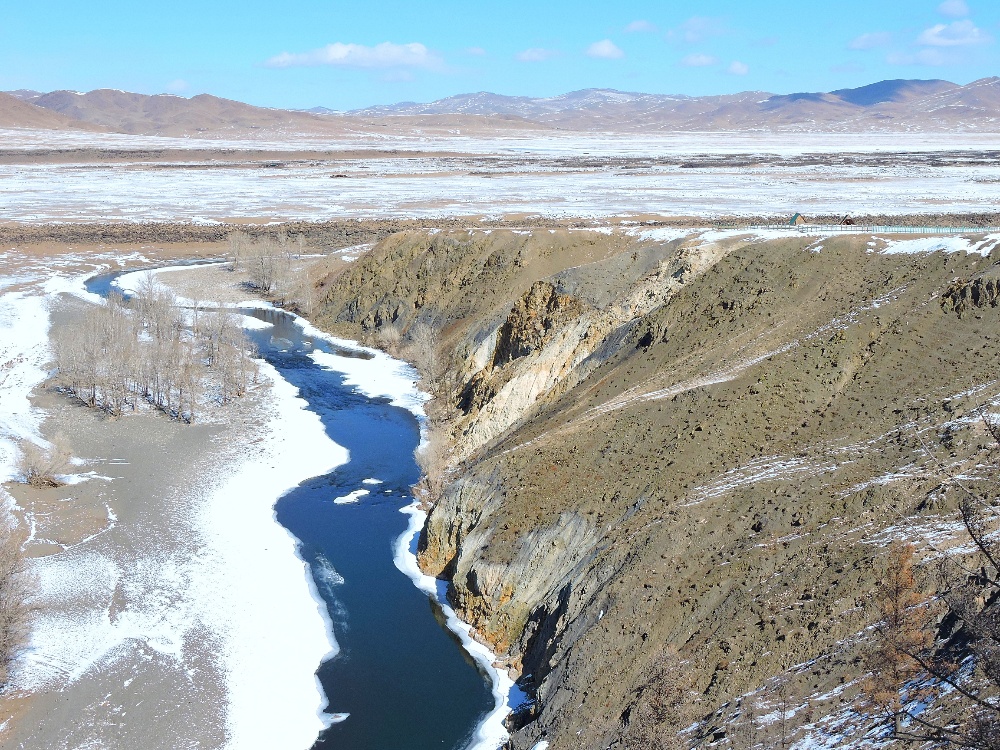
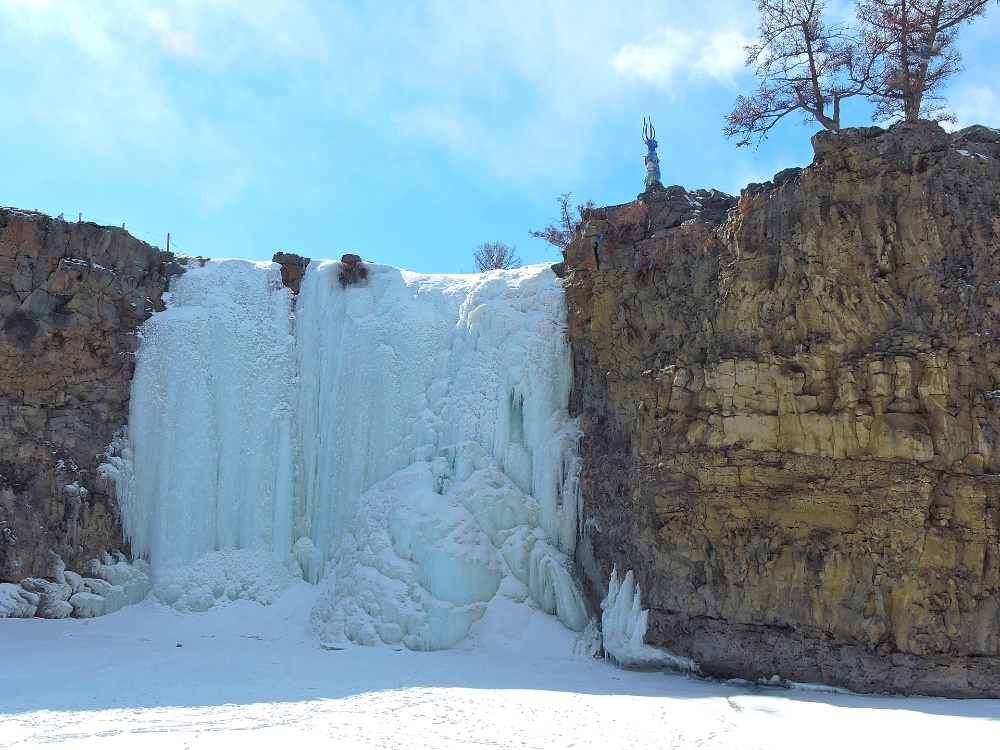
The primary place that I specifically requested to be included was Khar Balgas, a rarely-visited location where it is possible to wander around the ruins of a former capital of the Uighur Khanate, which was at its peak in the late eighth century CE, almost five hundred years before the Mongols. Today the city remains have been extremely weathered, and only the outer walls of the Palace Complex, its central Stupa, and a few smaller structures inside and outside of the walls, can readily be discerned. Some interesting aspects can still be seen, however, such as the unusual construction method used, whereby tall structures were built up by depositing successive layers of a mud-stone aggregate, and numerous fragments of roofing tiles laying around, which still show the pattern left by a woven fabric that was presumably used in their fabrication. It is somewhat possible to make out the outlines of various buildings and city features, which now are only low, regularly-shaped mounds of earth. However, the city as a whole can actually be better visualized by looking at the Satellite View at maximum magnification, its form expanding out to the west, from 47.431314,102.658962, covering an area of around thirty-two square kilometers.
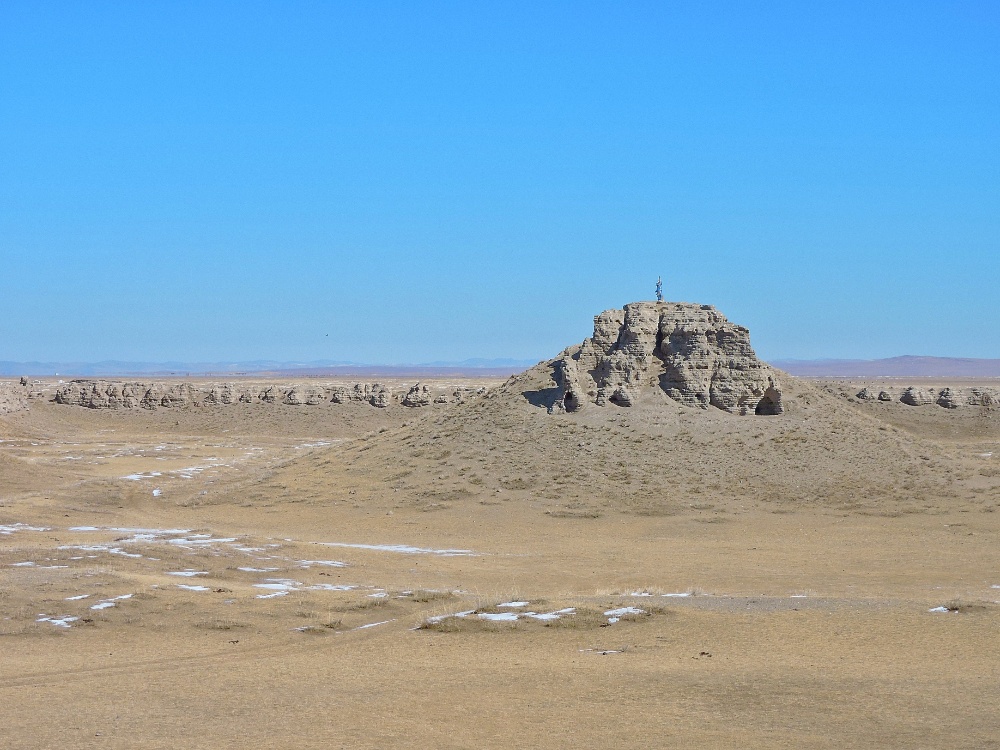
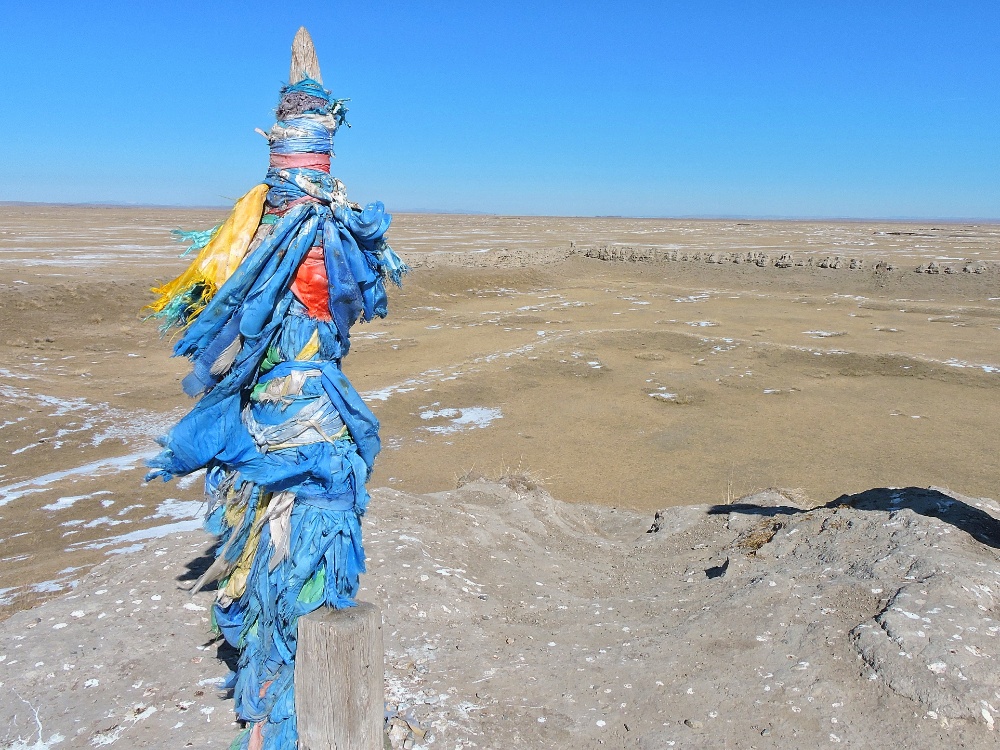
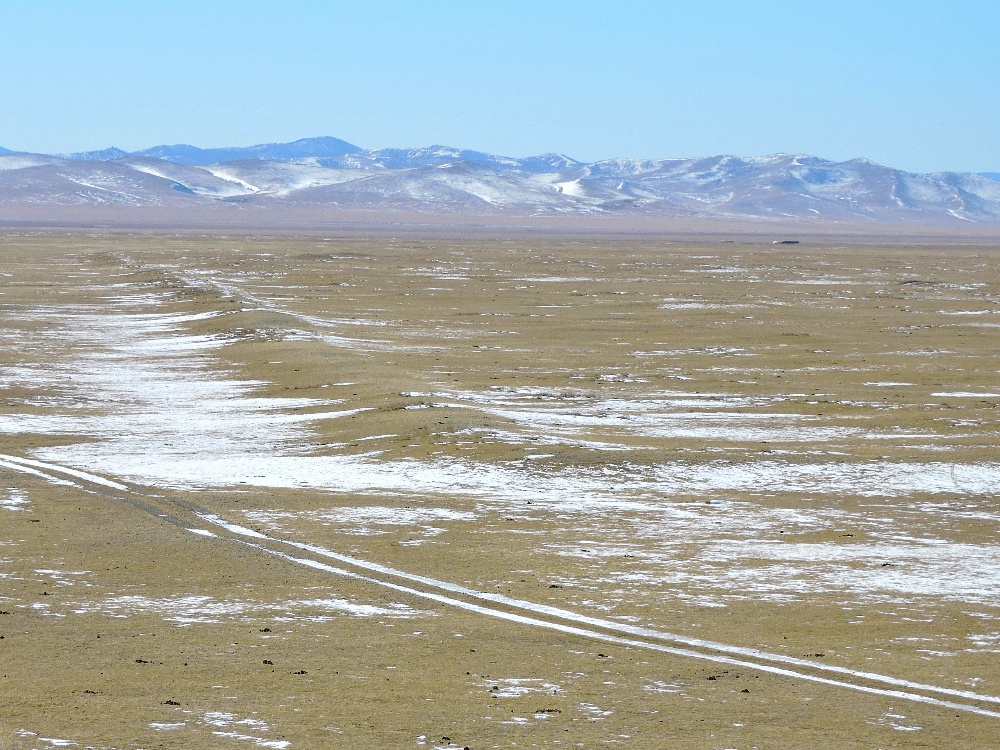
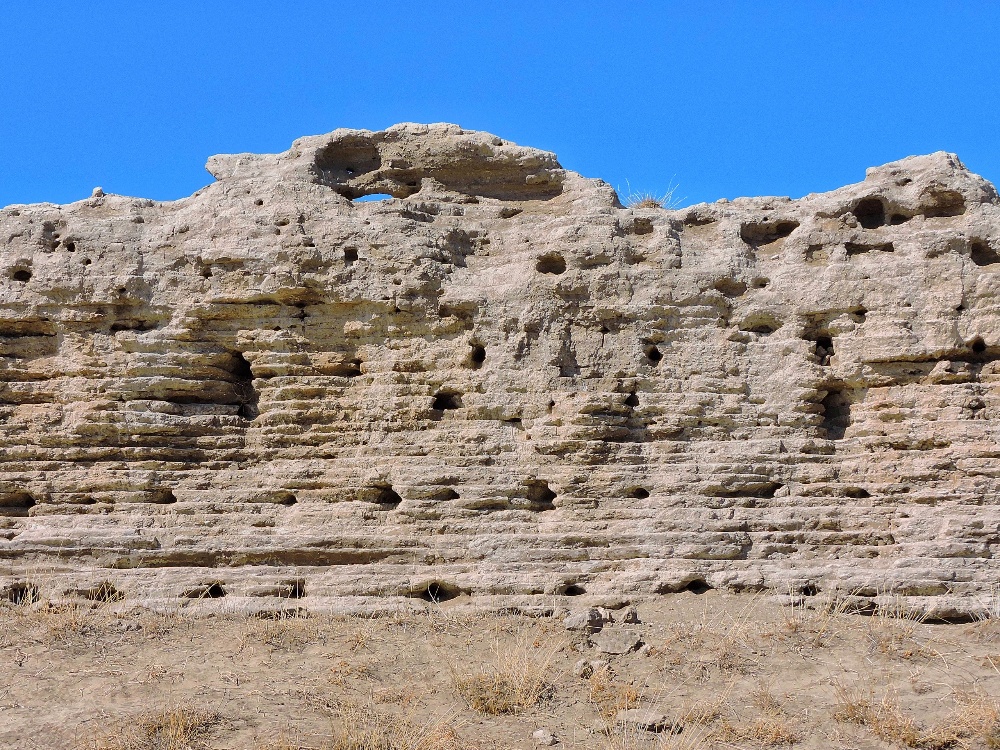
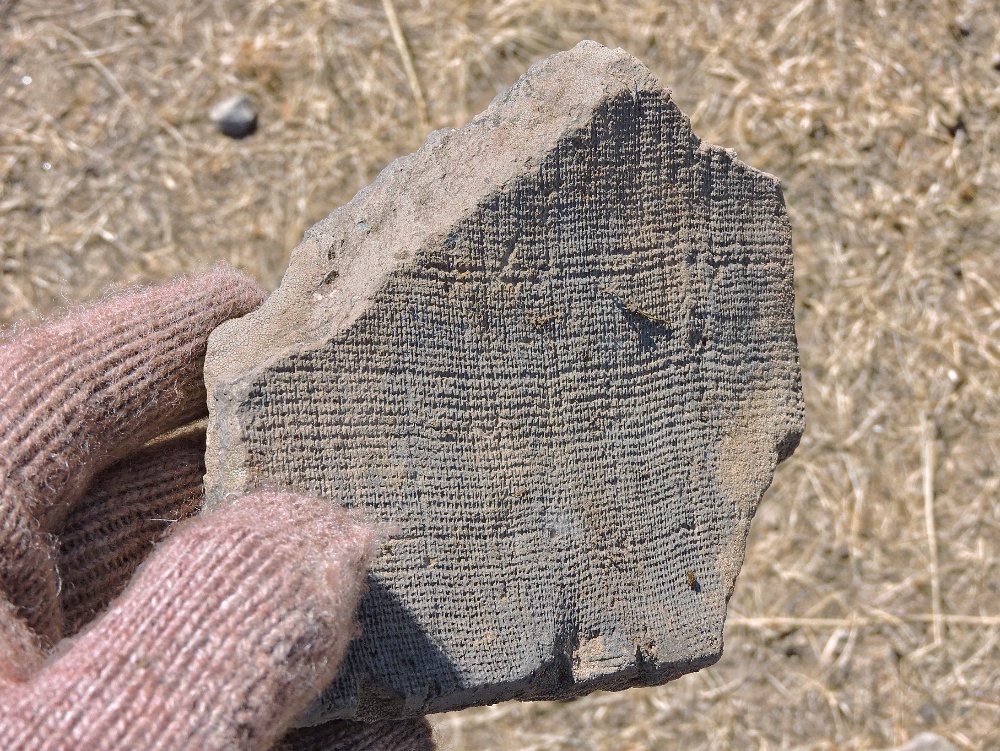
Karakorum itself did not last especially long, falling into decline after the fragmentation of the Mongol Empire, when Kublai Kahn moved his capital to what would eventually become Beijing. Today the former city is an archeological site, with even less that is outwardly visible compared to Khar Balgas. Fortunately, a new museum was built at the Site just over a decade ago, which displays a small collection of artifacts from Karakorum uncovered by an archeological dig in 2008, as well as others found in the area dating from older cultures. Instead, today the major cultural site in the Orkhon Valley that can be visited is the Erdene Zuu Monastery, which was built adjacent to the Karakorum ruins site several hundred years ago, and some think it that it was constructed above the exact location of the former Khan’s Palace. While the Monastery is still active, its grounds feel distinctly sparse, because many of its buildings, especially the residences, were destroyed during the revolutionary period in the 1930s.
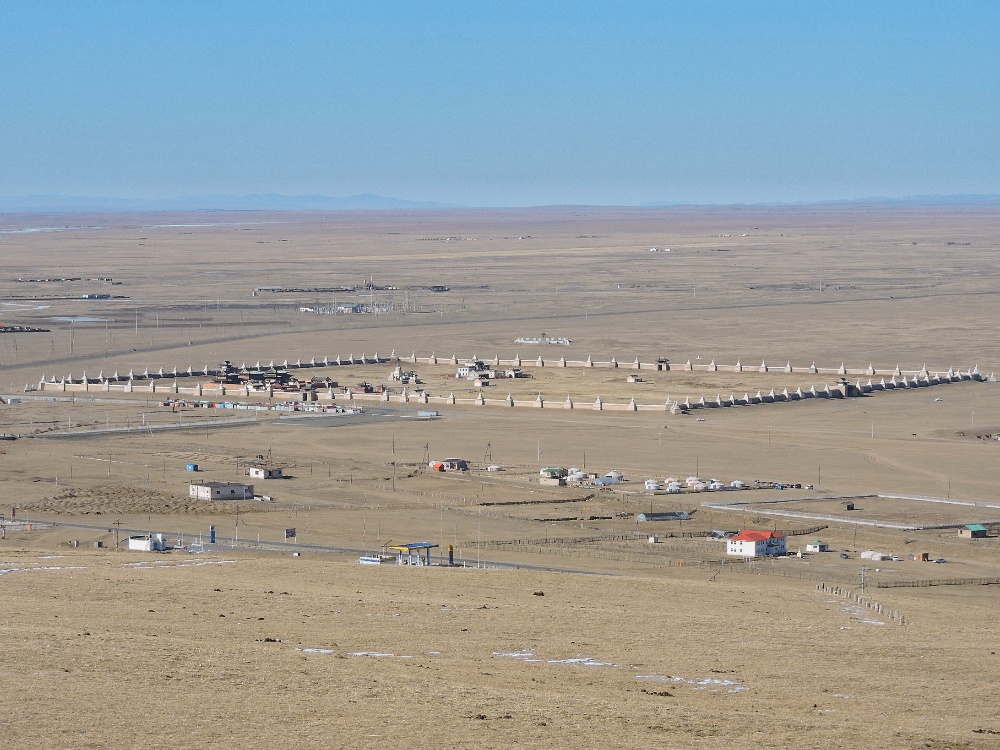
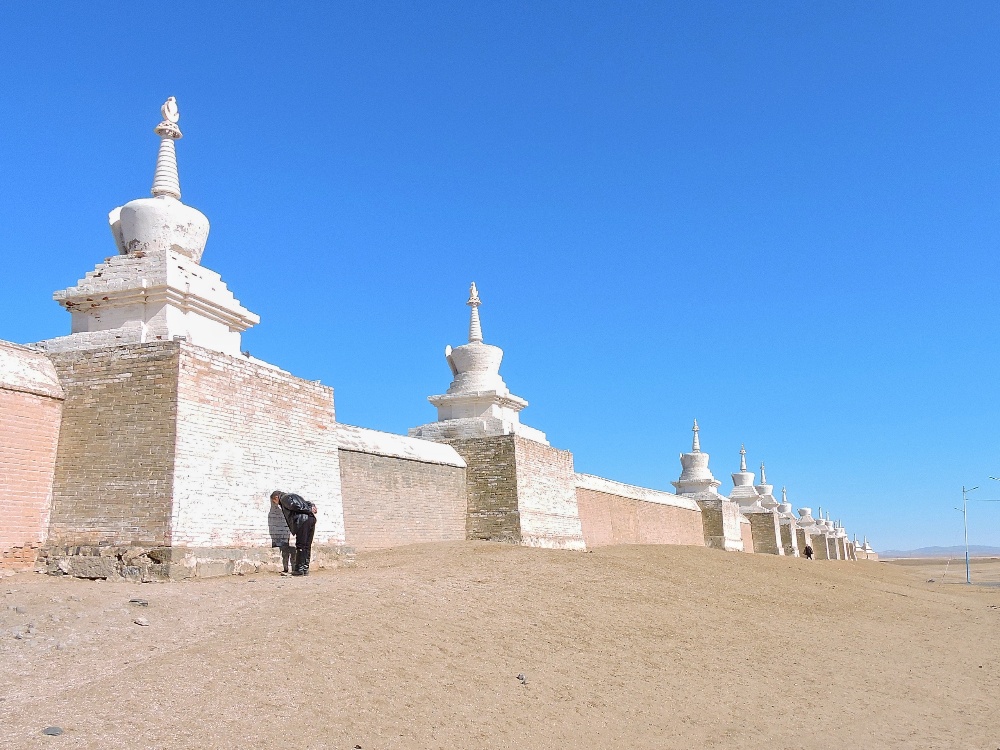
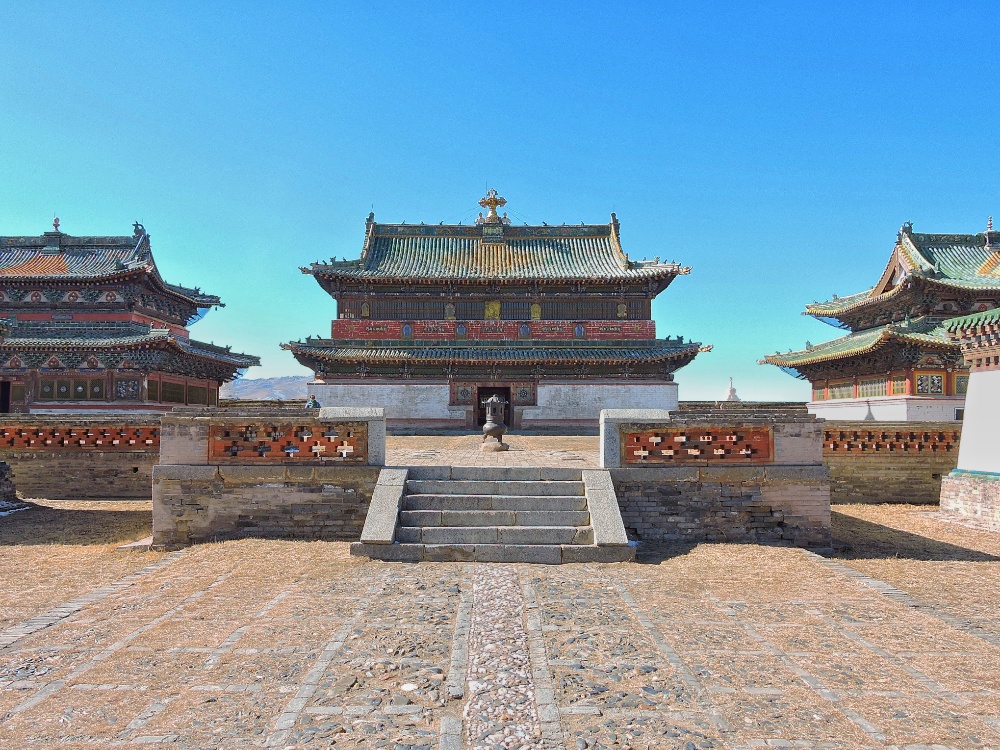
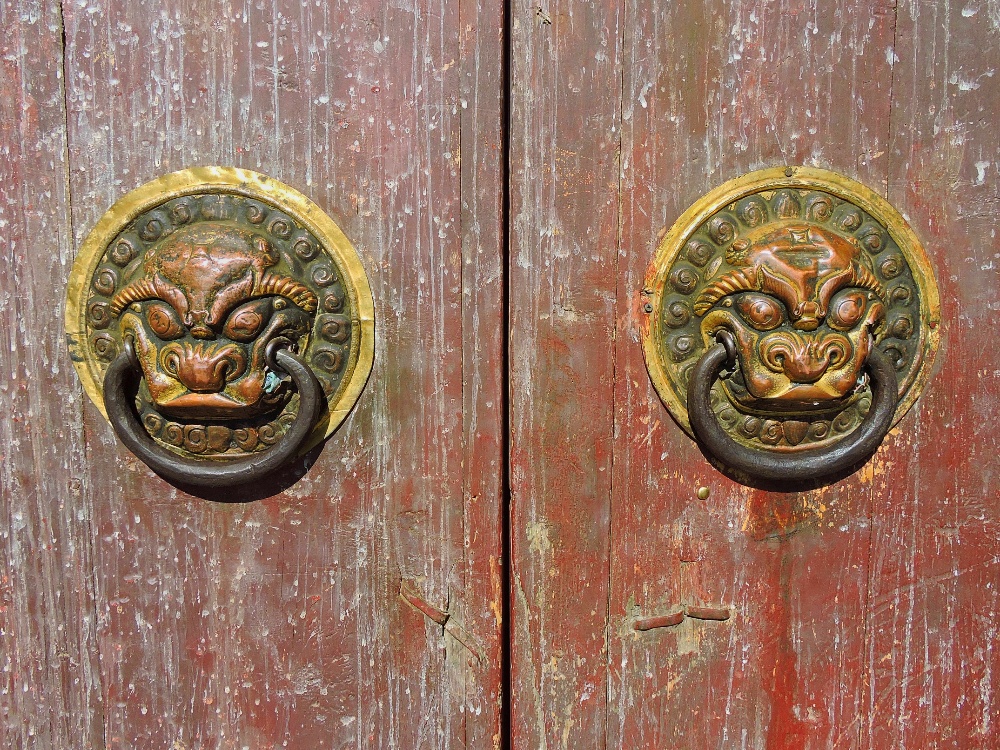
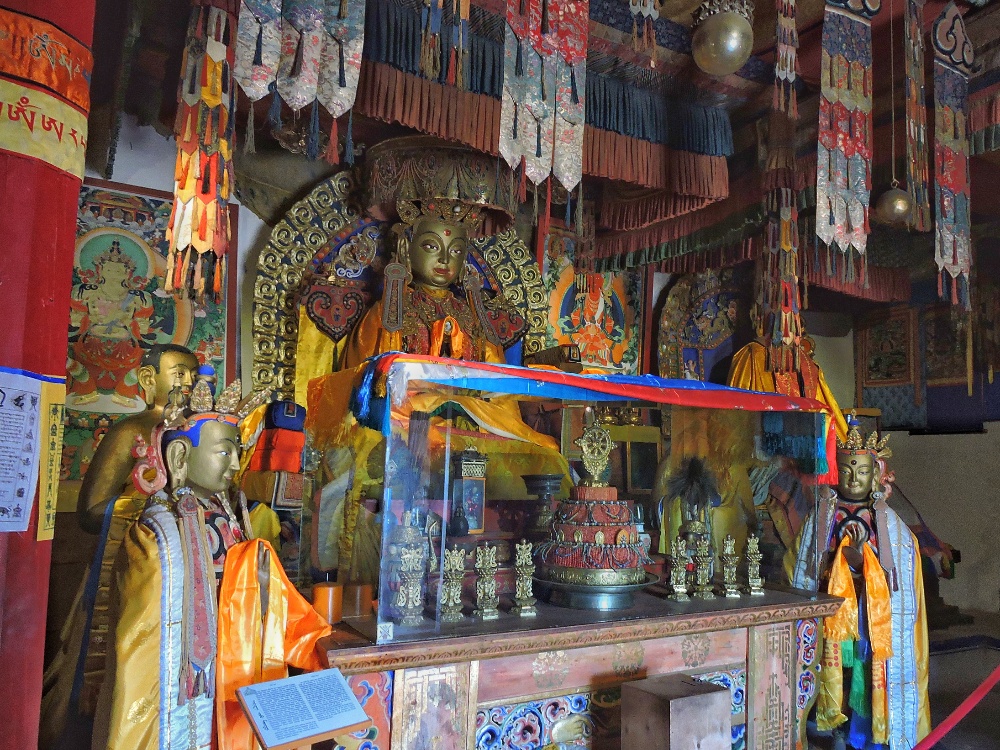
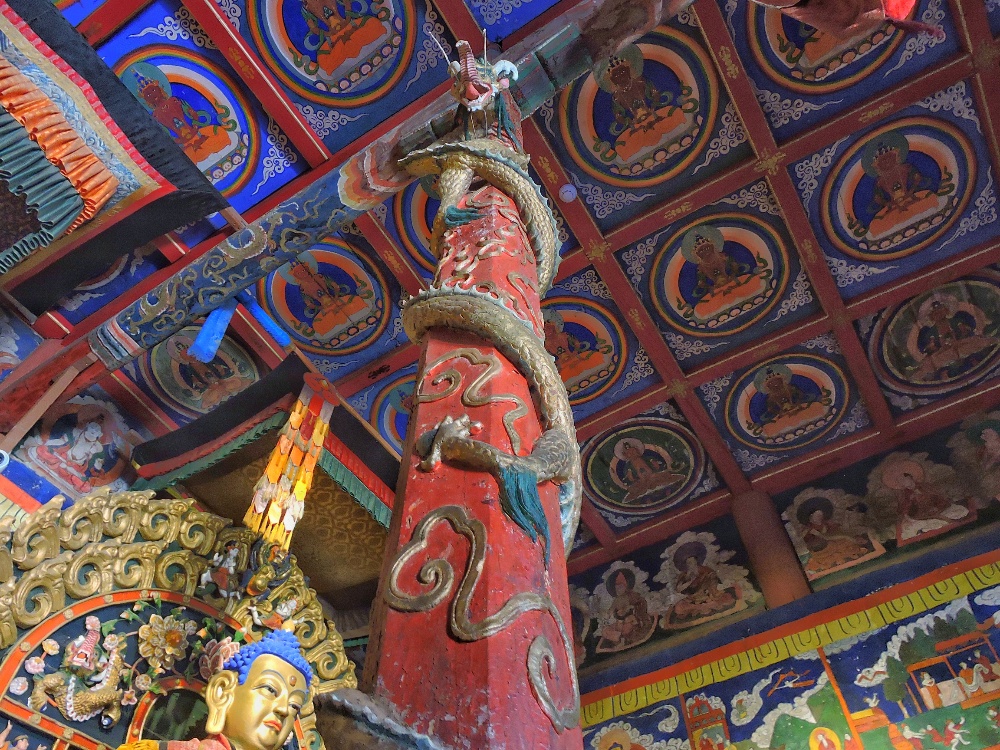
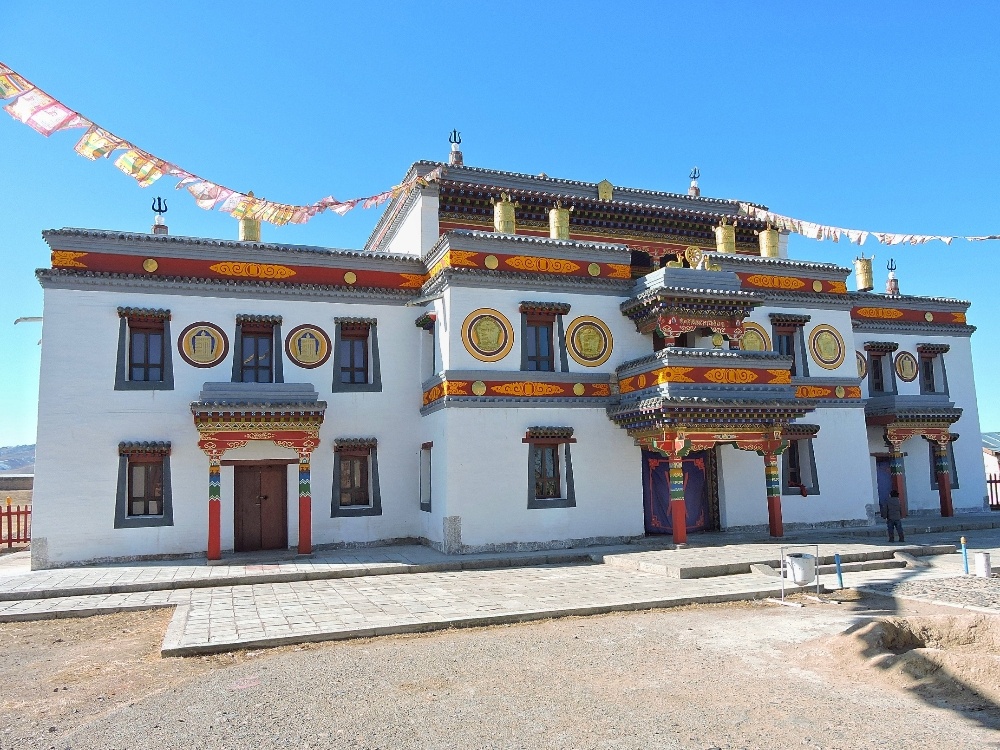
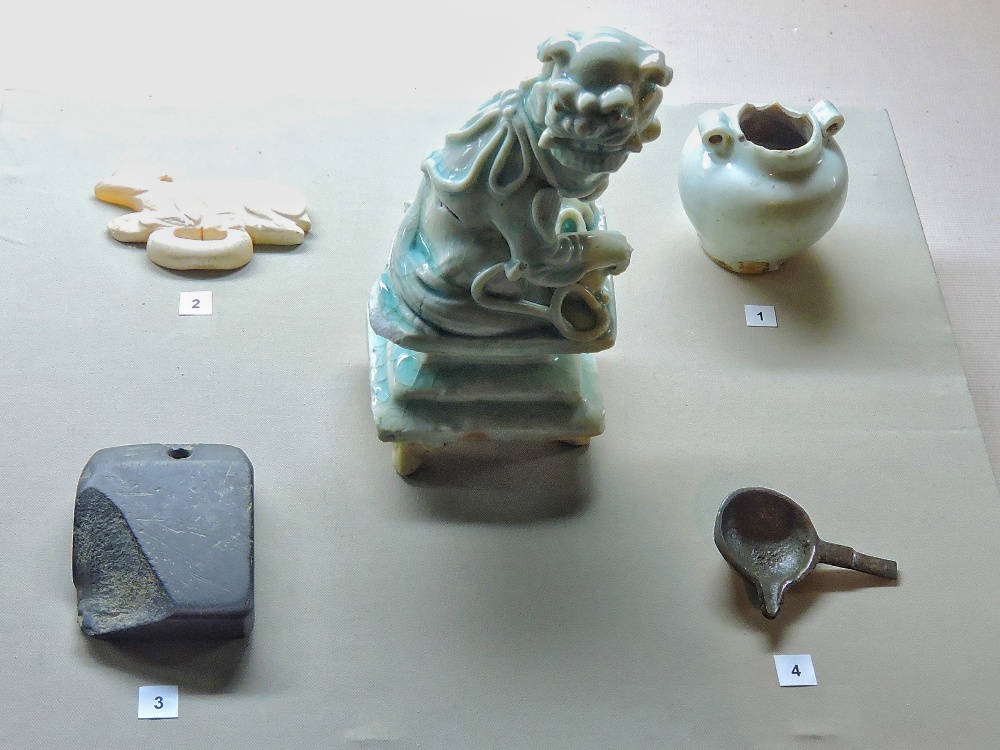
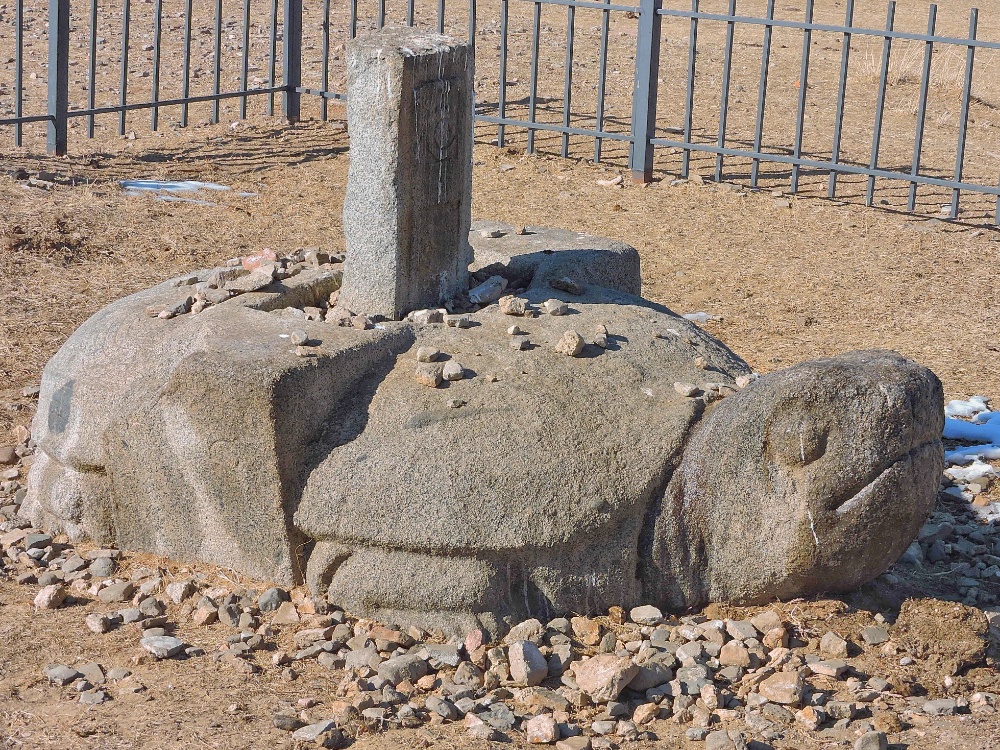
The second Site I saw in Mongolia was only inscribed on the List about seven years earlier, and is the type of Cultural Site that doesn’t display its cultural attributes particularly visibly. Specifically, the Great Burkhan Khaldun Mountain was added to the List for its historical ties to Chinggis Kahn and the birth of Mongolia. Temüjin, as the Kahn was originally known, was born one or two hundred kilometers to the east, but spent most of his childhood in exile, living around the base of Burkhan Khaldun. It was from there that he eventually began his campaign to unify the various peoples of the steppes, and then subsequently started his quest to ostensibly conquer the World. When he became Kahn, he declared the Mountain to be a sacred place, a status it maintained for seven hundred years, losing it briefly during the twentieth century, though once again becoming spiritually important in the current era. The Mongolians hold a special shamanistic ceremony at its base once a year, though beyond that, few people get very close to the mountain even today. In fact, legends say that the tomb of Chinggis is somewhere on the mountain, but no one knows exactly where.
To make this visit I also needed to arrange a tour departing from Ulaanbaatar, and after checking around, I eventually was able to connect with a freelance guide, named Enkhbat, who did a fine job of organizing things on fairly short notice. Like the first tour, this one was four days in length, with the Site visit occurring on the first day, and stops at a few ancillary cultural places further east in the following days. I wish I could say that there were more tangible objects or places related to the history of the Site available to be seen, but the most important thing that most visitors will get to see is at the place where we stopped, thirty-five kilometers into the protected area, at the Threshold Pass of Heaven. From there it is possible to see the actual Burkhan Khaldun, but, at ten kilometers away, it can not be said to be particularly spectacular in appearance. It is possible to continue onward to the base of the Mountain, but only on foot, or horseback, though the wintery conditions at the time ruled out any attempt to do that for us. I was not sure if I would have been able to go that far on my own by bicycling, had I been there in July or August, as I originally had planned, but I am reasonably sure I could have made it to the pass, which would have been fun. While there was not a lot to see, culturally, I did really enjoy that visit, because it was a Site where not many people go to, and because the surrounding protected area was a very scenic region, where the intersection of Boreal Forest and Steppe biomes provides a rather unique environment. Going there in the summertime would probably have been preferable, however. Given that I almost didn’t get to see Mongolia at all, I can certainly live with that.
